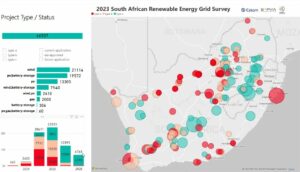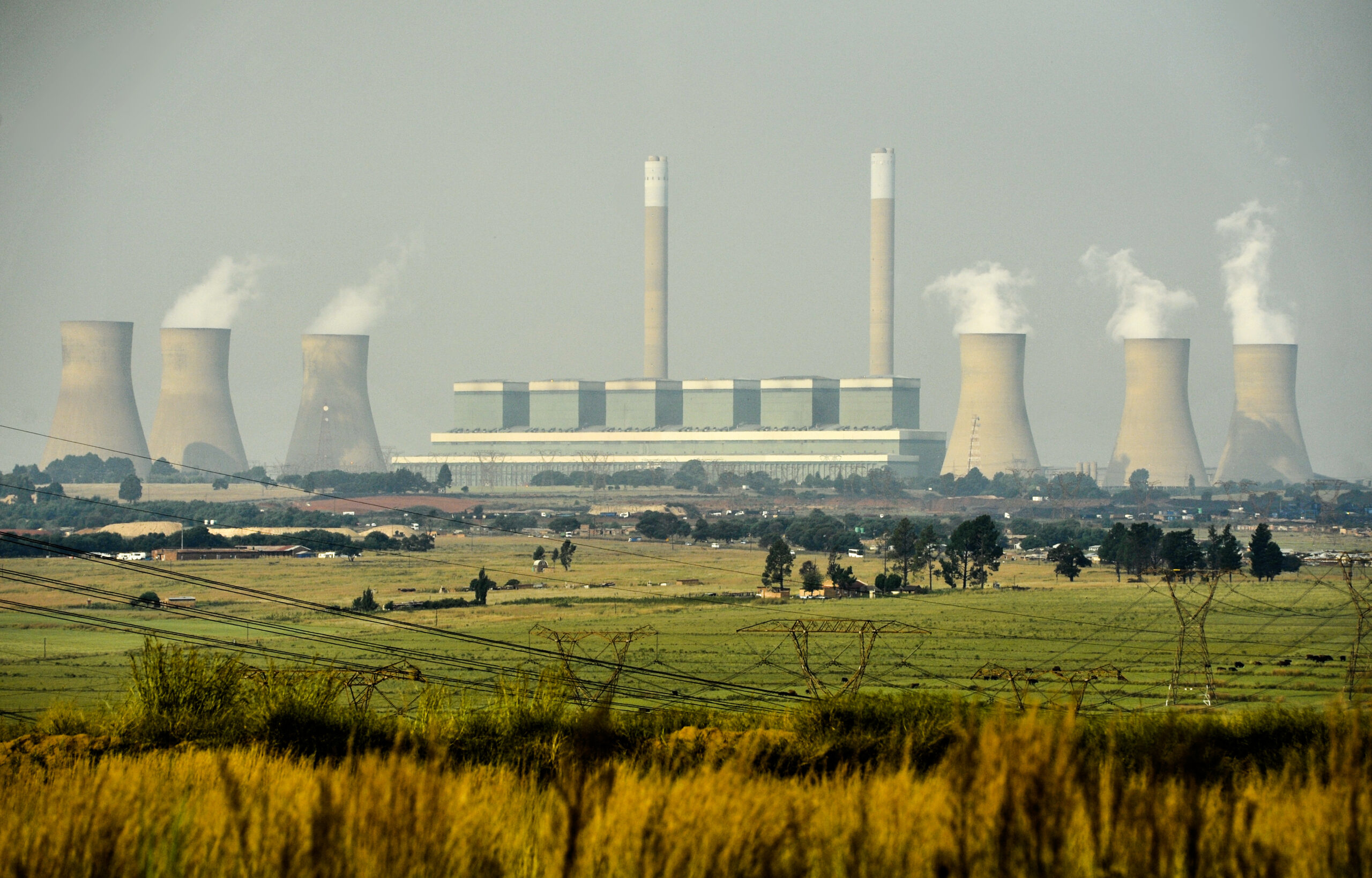South Africa has 66 GW renewable energy development pipeline, study shows
A new survey of South Africa’s renewable energy development pipeline reveals that 66 GW of wind and solar projects are at various stages of development in the country, with many projects planned to couple with battery storage.
The ‘2023 South African Renewable Energy Grid Survey’, released on 6th June, focused on renewable developments and their implications for grid planning and investment. The survey included responses from 209 companies that are developing – or intending to build – renewable power plants in the country. Eskom compiled the list in collaboration with the South African Wind Energy Association (SAWEA) and the South African Photovoltaic Industry Association (SAPVIA).
The responses indicate that in the pipeline, approximately 18 GW of renewable energy is at the advanced stage of development, 21 GW is under development, and 27 GW is at the early stage. The pipeline also includes 2 GW of gas-to-power.

In May, the Presidential Climate Commission (PCC) recommended that 60 GW of renewable energy by 2030 would provide the least-cost energy pathway for South Africa, and the quickest way to address load-shedding. However, the PCC also noted that the grid is currently the “main constraint” to adding new generation. As South Africa had a total of 6.2 GW installed renewable capacity in 2022, meeting the PCC’s recommendation requires a ten-fold increase in just the next seven years — along with corresponding investments in grid access and capacity.
The renewable energy boom is also accelerating worldwide. Ember and the International Energy Agency (IEA) have highlighted that the global energy system is at a turning point, where clean energy will increasingly dominate new capacity. Both organisations explain that soaring costs of fossil fuels alongside falling costs of renewable technologies have accelerated this transition.
Outlook for South Africa’s renewable future
South Africa’s survey results point to a growing trend for potential investors to pair variable solar photovoltaic (PV) and wind projects with battery storage. The results showed more than 19 GW of the solar PV and 7.5 GW of the wind projects coupled with batteries.
Pairing wind and solar plants means a single transmission connection point can be used more effectively. Globally, the co-location of wind, solar and storage technologies has shown to provide more stable, predictable and dispatchable power output.
SAWEA CEO Niveshen Govender, said: “This survey offered a valuable opportunity for the renewable energy industry to shape and influence grid planning, really considering the balance between grid expansion and grid optimisation.” He also noted that wind developments are initially located in the Northern, Western and Eastern Cape provinces, but from 2027 onwards, KwaZulu-Natal and Mpumalanga emerge as important wind jurisdictions.
SAPVIA spokesperson Frank Spencer told Engineering News that not all projects in the development pipeline can be built or connected, due to grid and skills constraints. “But what it does show is tremendous interest from the private sector to develop power projects in South Africa and help solve load-shedding challenges,” he adds.
Related Articles
The bad reason South Africa is making good on emissions targets
If current carbon emission trends continue, South Africa might actually be on track to meet its 2030 emissions targets under the Paris Agreement. This is according to research done by the Department of Forestry, Fisheries and the Environment (DFFE). And the reason for this? Mostly load shedding. The data was revealed in the DFFE’s 2023 […]
Eskom: Green energy saves water
Generating electricity from fossil fuels has a hidden cost: South Africa’s already scarce supply of fresh water.




